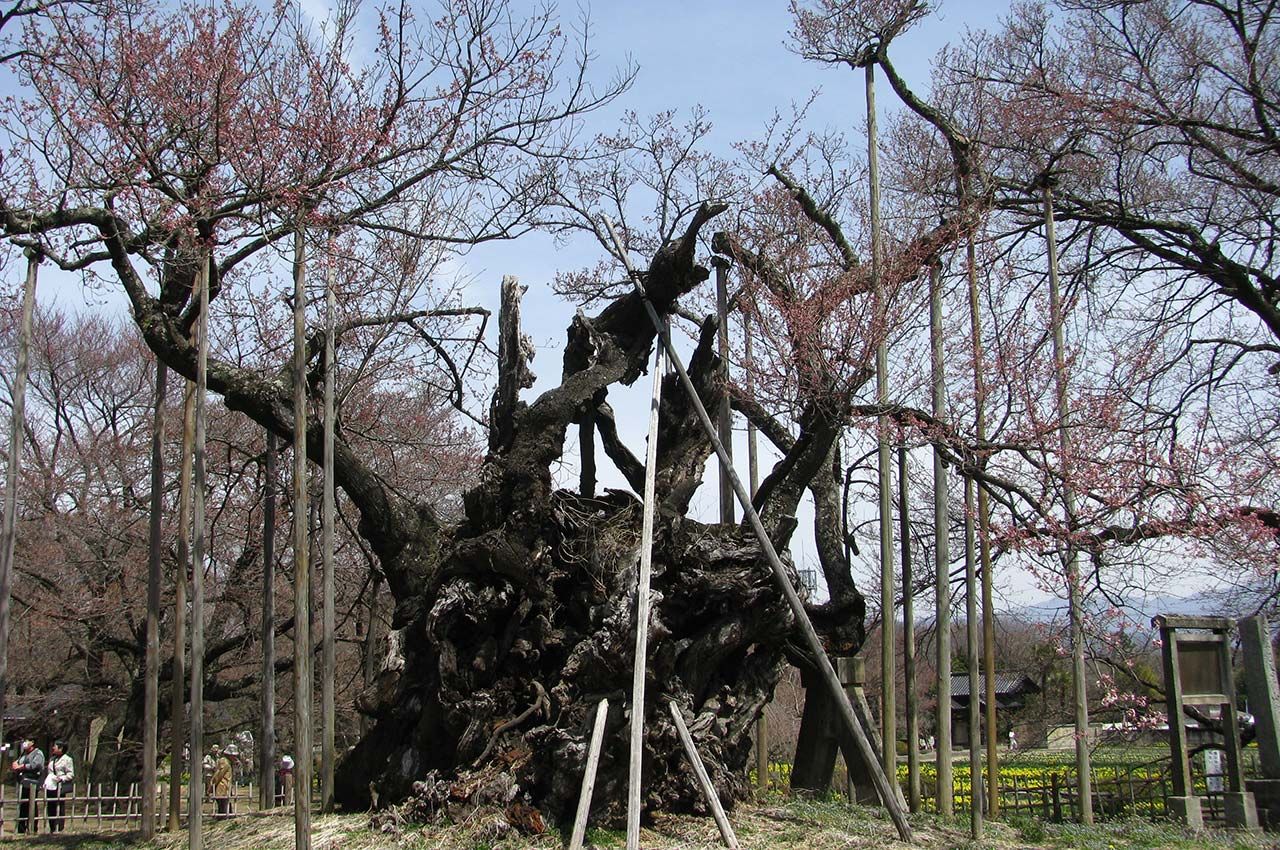Illinois Tech Professor to Lead Restoration of Cherry Trees at National Arboretum

Cherry trees have had an iconic presence on our nation’s capital since 1912, when Japan sent a gift of friendship of more than 3,000 cherry trees to the United States. While most of these trees were planted at the Tidal Basin, there are other sites, including the U.S. National Arboretum, where the trees are both an attraction in Washington, D.C., and a subject of botanical research for the Department of Agriculture.
Since Yoshino cherry trees—which make up the bulk of the trees at the capital—typically live less than 80 years, very few of those original trees remain; however, if they are properly cared for, the trees can last well beyond that. To provide much needed care to three of some of its oldest trees—estimated at 70 to 80 years in age—the National Arboretum invited Illinois Institute of Technology Professor Ron Henderson, who is also the director of the Landscape Architecture and Urbanism program, to lead a team of botanical experts in a restoration.
Henderson became involved with the arboretum in 2018, when his cherry tree sketchbooks, Sakura Orihon, were exhibited at the National Arboretum's Bonsai and Penjing Museum during that year’s National Cherry Blossom Festival. The arboretum has since re-installed this exhibition each of the last two years in 2019 and 2020.
Henderson is working with Japanese master gardener, Fujimoto Kurato, to detail indigenous Japanese techniques for maintaining cherry trees during the restoration process. One of the most notable aspects of this indigenous restoration process is the use of wooden crutches and braces to support broken or vulnerable branches. Henderson used the method to successfully restore a legacy Japanese maple on the campus of Pennsylvania State University, and he will reprise this technique of restoration for the trees in Washington, D.C.
According to Henderson, the purpose of these crutches is two-fold.
“These are both used to preemptively support a branch that may be at risk as well as use the technique to rejuvenate the tree at places where it’s been damaged,” says Henderson. “What the practice demonstrates is that when a branch is supported, more energy goes through the extremities in support of producing new canopy leaves.”
Since the technique is uncommon in the U.S., Henderson and the arboretum arborists and horticulturists will use the opportunity to research the effect that the crutches have on the trees. Further, he hopes that a successful implementation of the crutches will lead to further use within the U.S. Already, gardeners from the Dumbarton Oaks Garden in Washington, D.C.—who are working with Henderson on the project—plan to use the technique to restore their own grove of aging cherry trees.
“We will monitor and test the science behind the indigenous Japanese practice, of which there is very little scholarship written in English.” he says.
Henderson's work is in collaboration with the staff of the National Arboretum; Kurato; Jonathan Kavalier, head gardener at Dumbarton Oaks; and arborists and tree surgeons from Penn State. Restoration will begin on the three trees on March 19.
Photo: Yamataka Jindai-zakura, an approximately 2,000-year-old cherry tree in Japan—likely the oldest living cherry tree in the world (courtesy of Ron Henderson)



